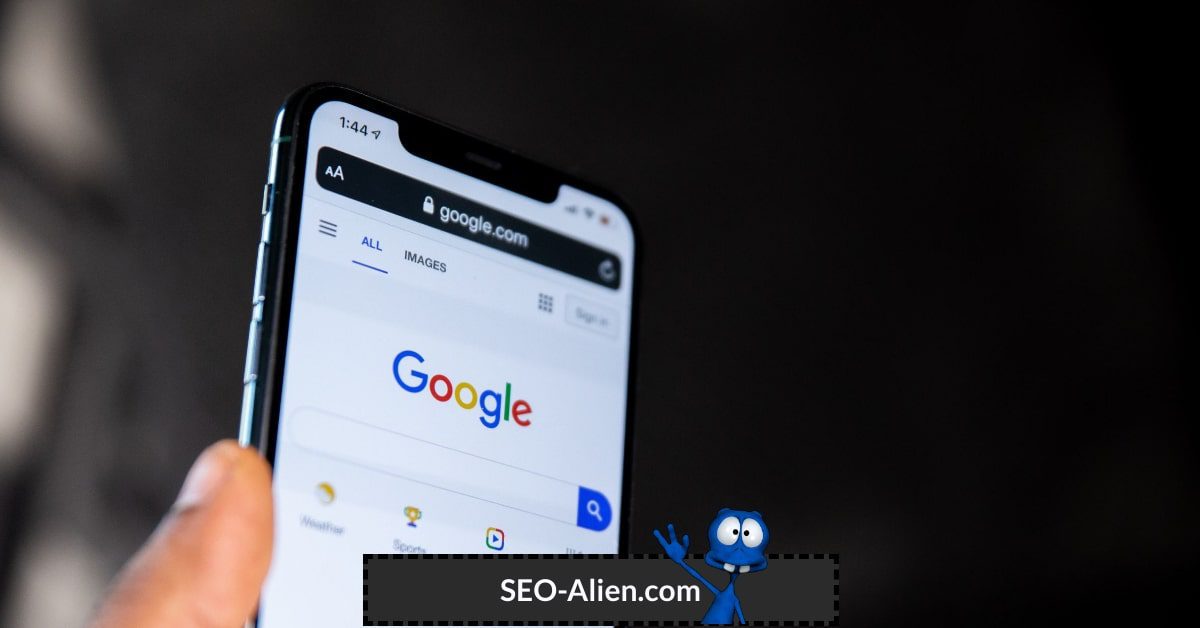Want to know how to write an article that will get noticed on the top of Google and other major Search Engines?
There is a bit more to posting and article than simply pasting into your blog or article site than just pasting it and hitting submit.
Whether you are posting on your blog or on any other article site, here are some important tips on how to write articles that get to the top of Goggle.
The Article Title:
The title is very important to search engine optimization. Be sure to follow these rules when writing your title:
Title Recommendations:
- Keep the title length between 4 to 7 words and less than 65 characters including spaces
- Choose a 2 to 4 word keyword phrase that a searcher may enter into a search engine to find your article – e.g. "Roof Repair " or "How to Repair a Roof ". (Note that the order of the words in your keyword phrase is also critical.) Therefore, your title may be: "Roof Repair – How to Repair a Roof ".
Title Do's:
- Write a title that is relevant to your article. If you are writing about roof repair, be sure to include the word "roof" in your title.

- When choosing a keyword phrase, ask yourself, "Would someone actually search for that?"
- Search for your keyword phrase in a search engine to see what comes up
- Some sites will tell you to avoid using highly competitive keyword phrase, but we have had great success. Keep in mind that the keyword phrase you choose here should be the same keyword phrase used within the article description and throughout the article content.
- Although you should NOT use the keyword phrase more than once in the title, you should try to use the same key words or derivatives of the keywords, just arranged differently. For instance, "Roof Repair – How to Repair a Roof ".
- Use original titles for each article.
- Use plural keyword phrases, when appropriate (e.g. "roofs" instead of "roof")
- Use words instead of special characters; e.g. use "and" instead of "&".
Title Do Not's:
- Don't use business names or website names in title
- Don't use the same keyword phrase more than once in the title
- Don't use punctuation (except hyphens)
- Don't use HTML in the Title
- Don't EVER use ALL CAPS in the Title or first paragragh
- Don't include a date
- Don't name an article with the same title as another.
Article Description:
This is your marketing message to readers! Here’s where you need to entice your readers to "click through" to read your article. This text is sometimes displayed on a search engine results page. Search engine users will want to see their search phrase (keyword phrase) in the descriptive blurb.
Description Limits:
- Keep your description to 2 or 3 sentences, and 200 – 400 characters
- Use your keyword phrase at least once in your sentences
Description Do's:
- Write a description relevant to your article
- Write a brief, yet informative description that entices readers to read more
- Write complete sentences, using proper punctuation
- Use "and" instead of "&"
- Use a hyphen to join two phrases
Description Do Not's:
- Don't use any HTML in description, not even bold or italics
- Don't use the first paragraph of your article for your description
- Don't use business names, domains or links in description
- Don't include personal information, such as your name or your business name
- Don't use title of your article as description
- Don't list words instead of using complete sentences
- Don't use dates, with the exception of historical references or time sensitive articles (i.e. upcoming event that will expire)
- Don't use ALL CAPS
- Don't use special characters, such as "&" – use letters and numbers only
Article Body:
The body of your article is important to search engines, and especially important to your readers. Therefore, be sure your article has a purpose.
Article Limits:
- Keep article length between 400 to 700 words
- Break an article into two articles if greater than 800 words
- Use short paragraphs. Avoid too big paragraphs
- Include your keyword phrase at least, but no more than 2 to 3 times in the article. (Like once in the first paragraph, once in the second and third.) Use your keyword phrase as often as possible throughout your article but without keyword spamming and without disrupting the flow of your article.
Article Do's:
- Use original content, created and owned by you.
- Each paragraph should address only one idea.
- Break article content into subsections using sub headings, and use "bold" tags for the title of the subsection
- Format your article as you would like it to appear on your page.
- Use HTML "bold" tags: <b>bold</b> to emphasize key words or phrases that need additional attentionCorrect: <b>roof repair </b>
- Use HTML "list" tags: <li>list</li> when using a list of items.Example: <ul><li>item 1</li> <li>item 2</li> <li>item 3</li></ul>
- item 1
- item 2
- item 3
Article Do Not's:
- Don't add any reprint or copyright material..
- Don't Plagiarize by using content written or owned by someone other than yourself.
- Don't Overuse your keyword phrase – your article should flow smoothly.
Here are a couple article sites to start out with. [UPDATE: Interesting that all 3 of these sites are no longer in existence.]
- www.ArticlesBase.com
- www.BigNews.biz
Good luck and please give us your comments and feedback!
About the Author:
The SEO-Alien is a project started in 2009 regarding all things online marketing. The site started out more of a diary of predictions, suggestions and references to things I frequently used for online marketing... before social media marketing was even an option.
I hope you find the information and tools presented here useful and something worth sharing with others.
If there is anything else about online marketing or any online advertising strategy you think would be helpful, please let me know.




Thank you very much. I really regret that I didn't find this article 4 years ago.
Thanks for thanking me… sorry you didn't find it till now. 🙂
This is great info in detail i will use this for sure!
Great tips I plan to try. Thank you for this article! Also don't forget it's important to have a great story to begin with. You can quickly and easily develop your article's "pitch" @buzzuka http://www.buzzuka.com, the free and easy web-based Elevator Pitch writing tool. Also check out our blog for more inputs on putting together a great story .